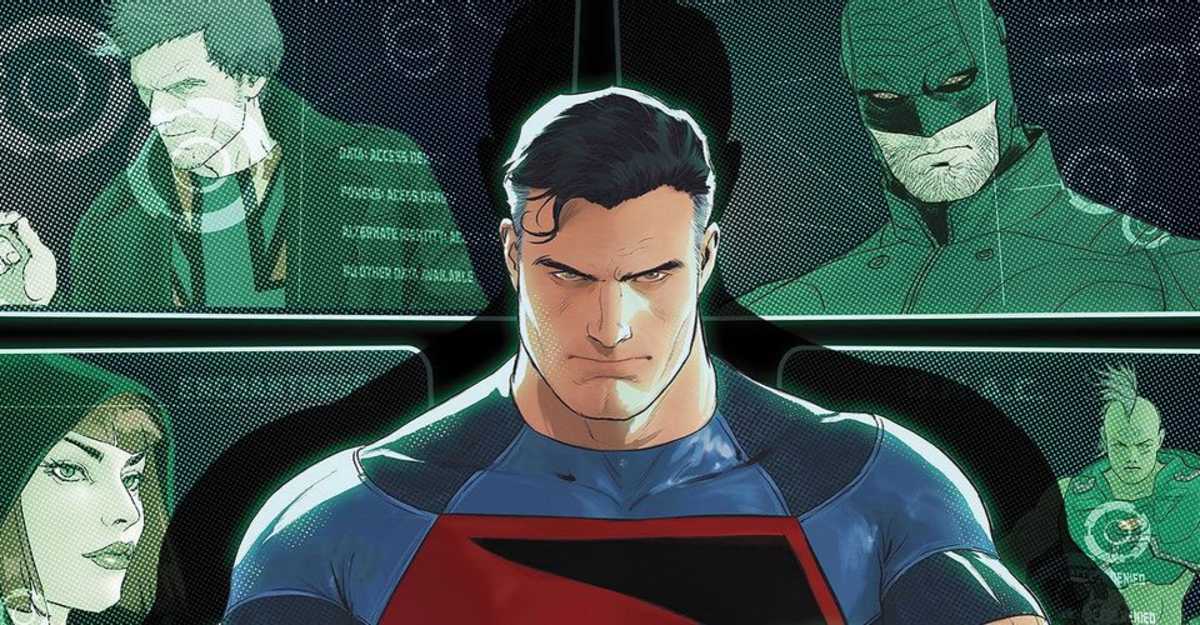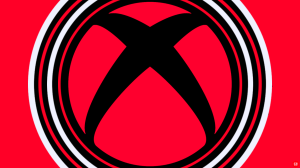Introducing a story with John F. Kennedy declining Superman’s offer of protection in November of 1963 is certainly a choice. It’s the sort of bold framing that fills the work of the semi-literate aspiring comics literati of the superhero genre, but in the case of Superman and The Authority #1 it comes from one of the few creators who can regularly back up big talk (and write an actual book), Grant Morrison. The style of this comic is clear as it wastes no time in arriving at its point, even as it leaves out one half of its title. It’s a meditation on unfulfilled promise and, to that end, the first issue is quite promising.
Videos by ComicBook.com
Those first few pages in which JFK invites Superman to call him Jack in the halls of the White House are filled with ironic promise. Regardless of its accuracy, Kennedy’s narrative is that of Camelot and its fall; a moment of immense possibilities already fallen into decline by the decade’s end. It’s possible to read this framing as a literal reflection on the politics of Morrison’s lifetime as they watched the promises of liberalism fail to deliver prosperity for all. It’s also not difficult to find more focused parallels in superhero comics, whether that’s the unfulfilled promises found at the dawn of the Silver Age in 1963 or the merit represented by Morrison and their peers in the 1980s and 90s. Whether readers are examining the narrative’s critique of politics or media, the throughline throughout is narratives failing to deliver change. That’s a potent approach for Grant Morrison, one of superhero comics’ most celebrated storytellers, to take in what may be his final Superman story.
It’s this framing that makes an indulgent first issue to a four-issue series more palatable. Beyond the flashback to 1963, nearly the entire issue comprised of an extended conversation between Superman and Manchester Black. This is punctuated by various conflicts, but there are no other named characters on the page as these two continue a metatextual back-and-forth begun in 2001. Only a brief cutaway is allowed to inform readers of a mysterious antagonist on the horizon. However, the focus in Superman and The Authority #1 is entirely on the narrative stakes presented by, and to some degree represented by, these two DC Comics characters. It sets expectations very high for how the remaining 3 issues will pay off all of this prologue, but the prologue is delicious enough to not worry much.

While fans of The Authority may be disappointed by their total omission here, the dialogue between Superman and Black is the rare sort of superhero fare that will provide readers something to discuss that warrants more than two syllables. It’s reflective and purposeful in nature moving in phases just as Superman and Black navigate the new power dynamics of their own relationship. That it plays like a dance alongside the actions both men take on the page reflects the collaborative quality found in this team. Even as an evergreen icon and agitator consider the total absence of real revolution in their world, battles both literal and metaphorical provide layers in which to consider this conversation.
Janín’s presentation is key to the presentation of this entire dialogue. Excluding two sequences of violence, much of Superman and The Authority could play with the dull, modern style of walk-and-talk sequences in film and comics, alike. However, Janín varies his approach and takes advantage of every element present in a scene to create a consistently engaging atmosphere in which no panels reads as being wasted.
The conversation begins with Superman looming over Manchester Black, apparently paralyzed, and proceeds to alter that dynamic considerably as they move through Superman’s Fortress of Solitude. Janín details each new room so that it serves a clear purpose and shifts the reader’s perspective, even if ever so slightly. This is enhanced considerably by Jordie Bellaire’s color work as each room takes on a new hue in relation to the tone of events on the page. The addition of ziptone in 1963 and other small touches, like the use of frames from the Zapruder film, make even this very focused introduction sparkle. It’s enough to leave readers eagerly anticipating what will be accomplished as a more varied cast and settings emerge.
Superman and The Authority ultimately serves as abstract and introduction for the dissertation to come, and it sets expectations reasonably high. Morrison is well positioned to comment on both the unfulfilled promises of Western comics and Western politics, and they frame these topics in a compelling fashion throughout this first issue. They, along with an already impressive artistic team delivering some of their best work to date, transform a longform conversation on themes weaving these concepts together into excellent comics and superhero drama. It is a fine introduction, but succeeds only insofar as it sets itself up to deliver a meaningful conclusion.
Published by DC Comics
On July 20, 2021
Written by Grant Morrison
Art by Mikel Janín
Colors by Jordie Bellaire
Letters by Steve Wands
Cover by Mikel Janín









